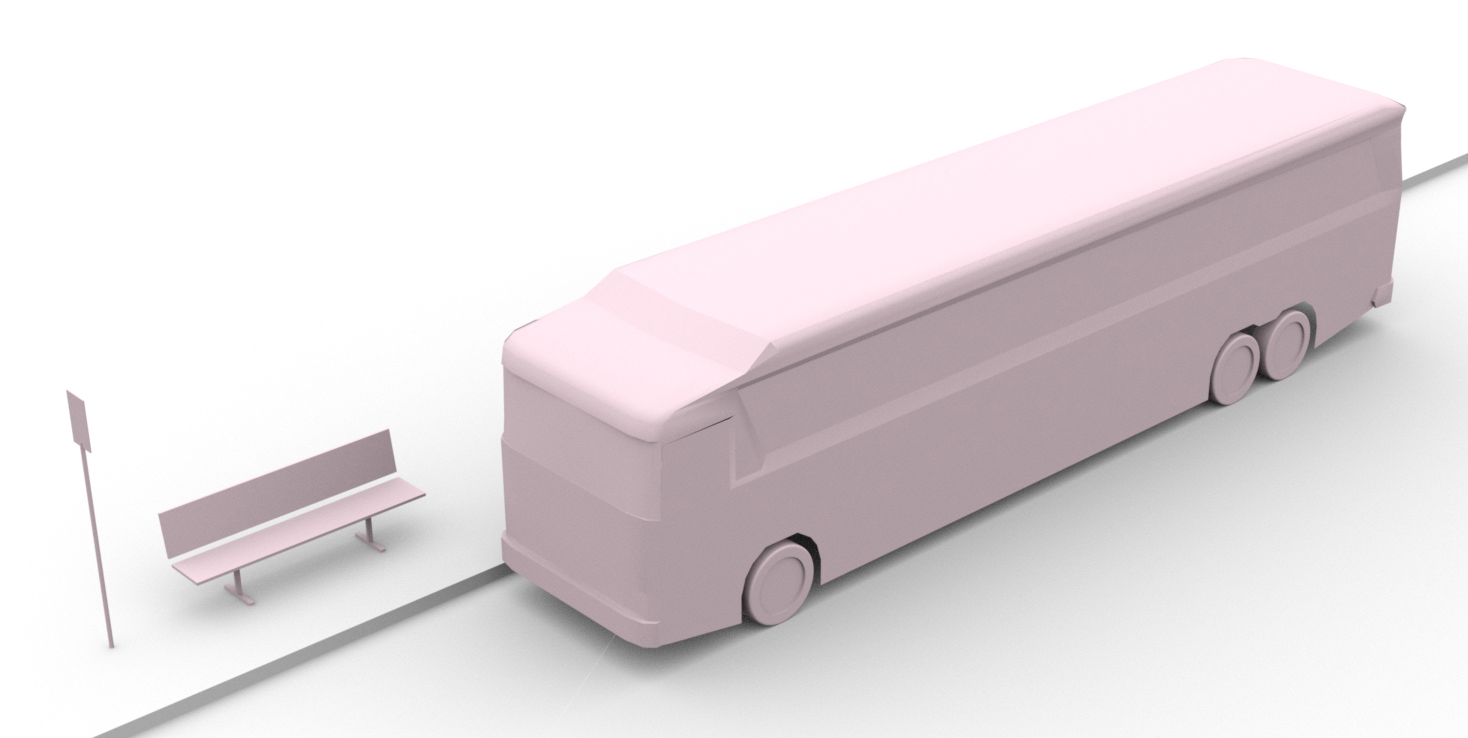Difference between revisions of "Hub"
(→Social) |
|||
| Line 20: | Line 20: | ||
=== Social === |
=== Social === |
||
* Transportation has always played an important role in influencing the formation of urban societies. Although other facilities like availability of food and water, played a major role, the contribution of transportation can be seen clearly from the formation, size and pattern, and the development of societies, especially urban centres (NPTEL May 24, 2006). |
* Transportation has always played an important role in influencing the formation of urban societies. Although other facilities like availability of food and water, played a major role, the contribution of transportation can be seen clearly from the formation, size and pattern, and the development of societies, especially urban centres (NPTEL May 24, 2006). |
||
| + | |||
| + | * Connecting modes of transport, through transport hubs aids the achievement of efficient, more accessible travel. Hubs serve to maximise the potential of existing networks, encourage the use of public transport and discourage car traffic. In order to plan effectively for transport hubs local development control processes should seek to ensure that high trip generating developments be located in such areas of high public transport accessibility, connectivity and capacity. The design and layout of sites should maximise access on foot and cycle to public transport facilities.<ref>Rudi ‘Creating transport hubs and urban development opportunities’.[Internet] Available at: http://www.rudi.net/node/22708 Accessed: 14/3/13</ref> |
||
=== Economic === |
=== Economic === |
||
Revision as of 10:38, 26 March 2013

A transport hub (also transport interchange) is a place where passengers and cargo are exchanged between vehicles or between transport modes.
Contents
Description
Public transport hubs include train stations, rapid transit stations, bus stops, tram stop, airports and ferry slips. Freight hubs include classification yards, seaports and truck terminals, or combinations of these. For private transport, the parking lot functions as a hub [1]. For the purposes of Urban Securipedia, we focus on two types of hub; stations and ports:
| Hub type | Description | Icon |
|---|---|---|
| Station | A stopping place on a public transportation route for trains, metro and tram systems, often consisting of a platform and a building or group of buildings depending on scale. The station allows passengers to embark or disembark from the mode of transport. |  |
| Port | A port includes both airports and sea ports, and refers to the area and associated structures where planes land or take-off, and where ferrys dock or depart. They allow for modality change by passengers, etc. |  |
Where any aspect of the following sections on this page are considered to be specific to one of the hub types listed above, the relevant icon will be displayed.
Functions
Social
- Transportation has always played an important role in influencing the formation of urban societies. Although other facilities like availability of food and water, played a major role, the contribution of transportation can be seen clearly from the formation, size and pattern, and the development of societies, especially urban centres (NPTEL May 24, 2006).
- Connecting modes of transport, through transport hubs aids the achievement of efficient, more accessible travel. Hubs serve to maximise the potential of existing networks, encourage the use of public transport and discourage car traffic. In order to plan effectively for transport hubs local development control processes should seek to ensure that high trip generating developments be located in such areas of high public transport accessibility, connectivity and capacity. The design and layout of sites should maximise access on foot and cycle to public transport facilities.[2]
Economic
Transportation hubs such as a bus or railway station play an important role in making transportation more efficient since they allow the use of different modes (e.g. the combination of train and car transport) for both human and freight transport.
Infrastructure in the form of transport networks has a direct economic impact on the scale of local market areas. For example, the spatial extent of retail and other services' catchment areas is partly a function of the costs of travel by customers. In fact a hierarchy of services provision/facilities exists determined by the transport network. This is most evident in retailing, e.g. large retail superstore, local supermarket, small corner shop. Accessibility impacts on the spatial distribution of employment and residential preferences. In terms of location, there is likely to be a higher demand for land/property that has good accessibility both to it, and to other services/facilities/infrastructure, etc. In as much as accessibility can influence profitability then this is reflected in land prices/rents.
Good planning keeps common activities close to transportation lines and hubs, minimising the need for transport and enabling individuals and transportation companies to use different modes of transport.
In general, security threats will have a negative effect on the function of transportation hubs, limiting the mobility of a society as whole. As a result the positive economic impact of an efficient transportation system will be partly reversed (the economic impact of security threats). Security measures such as directing traffic flows and access control, can reduce these negative impacts, but also have an impact on mobility themselves, also referred to as the economic impact of security measures.
Mobility
- In developed and developing nations, a large fraction of people travel daily for work, shopping and social reasons.
Safety
- Large crowds;
- http://www.secur-ed.eu/.
Security Issues
Measures
Footnotes and references
- ↑ <http://en.wikipedia.org/wiki/Transport_hub>
- ↑ Rudi ‘Creating transport hubs and urban development opportunities’.[Internet] Available at: http://www.rudi.net/node/22708 Accessed: 14/3/13